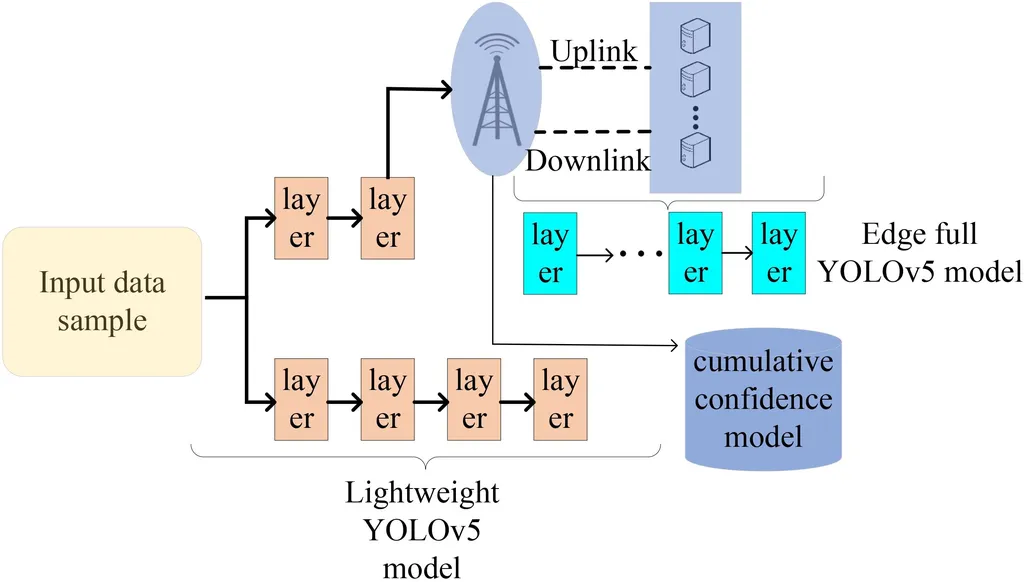Researchers from the School of Computer Science and Engineering at the Nanjing University of Aeronautics and Astronautics, including Shuang Qi, Bin Lin, Yiqin Deng, Hongyang Pan, and Xu Hu, have developed a novel approach to improve data transmission and processing in maritime environments. Their work, titled “Joint Computation Offloading and Resource Management for Cooperative Satellite-Aerial-Marine Internet of Things Networks,” was published in the IEEE Internet of Things Journal.
In the maritime industry, the Internet of Things (IoT) enables real-time monitoring and control of various operations, from vessel tracking to environmental monitoring. However, the harsh and dynamic nature of the marine environment poses significant challenges for data transmission and processing. To address these challenges, the researchers proposed a cooperative network that integrates low Earth orbit (LEO) satellites, unmanned aerial vehicles (UAVs), and marine IoT devices.
The proposed network, called a cooperative satellite-aerial-marine IoT network (CSAMN), aims to prioritize delay-sensitive (DS) tasks, such as real-time vessel tracking, by employing mobile edge computing. This approach allows data to be processed closer to the source, reducing latency. For delay-tolerant (DT) tasks, such as environmental data collection, the network uses a store-carry-forward method, where data is temporarily stored and forwarded when a suitable transmission opportunity arises.
The researchers formulated a joint optimization problem to maximize the volume of data collected by satellites while minimizing system energy consumption. The problem considers four interdependent variables: the transmit power of UAVs for DS tasks, the start time of DT tasks, computing resource allocation, and offloading ratio. To solve this complex, non-convex, and non-linear problem, the researchers developed a joint computation offloading and resource management (JCORM) algorithm using the Dinkelbach method and linear programming.
The results of the study showed that the JCORM algorithm can increase the volume of data collected by satellites by up to 41.5% compared to baseline methods. Moreover, the algorithm significantly reduces computational time, from a maximum of 318.21 seconds to just 0.16 seconds per experiment. This makes the JCORM algorithm highly suitable for real-time maritime applications.
The practical applications of this research for the energy industry are significant. For instance, offshore wind farms and oil rigs rely on real-time data transmission for monitoring and maintenance. The proposed CSAMN and JCORM algorithm can enhance the efficiency and reliability of data transmission in these environments, leading to improved operational safety and reduced downtime. Furthermore, the energy savings achieved through optimized resource management can contribute to the overall sustainability of maritime operations.
The research was published in the IEEE Internet of Things Journal, a peer-reviewed publication that focuses on the latest advancements in IoT technologies and applications.
This article is based on research available at arXiv.

